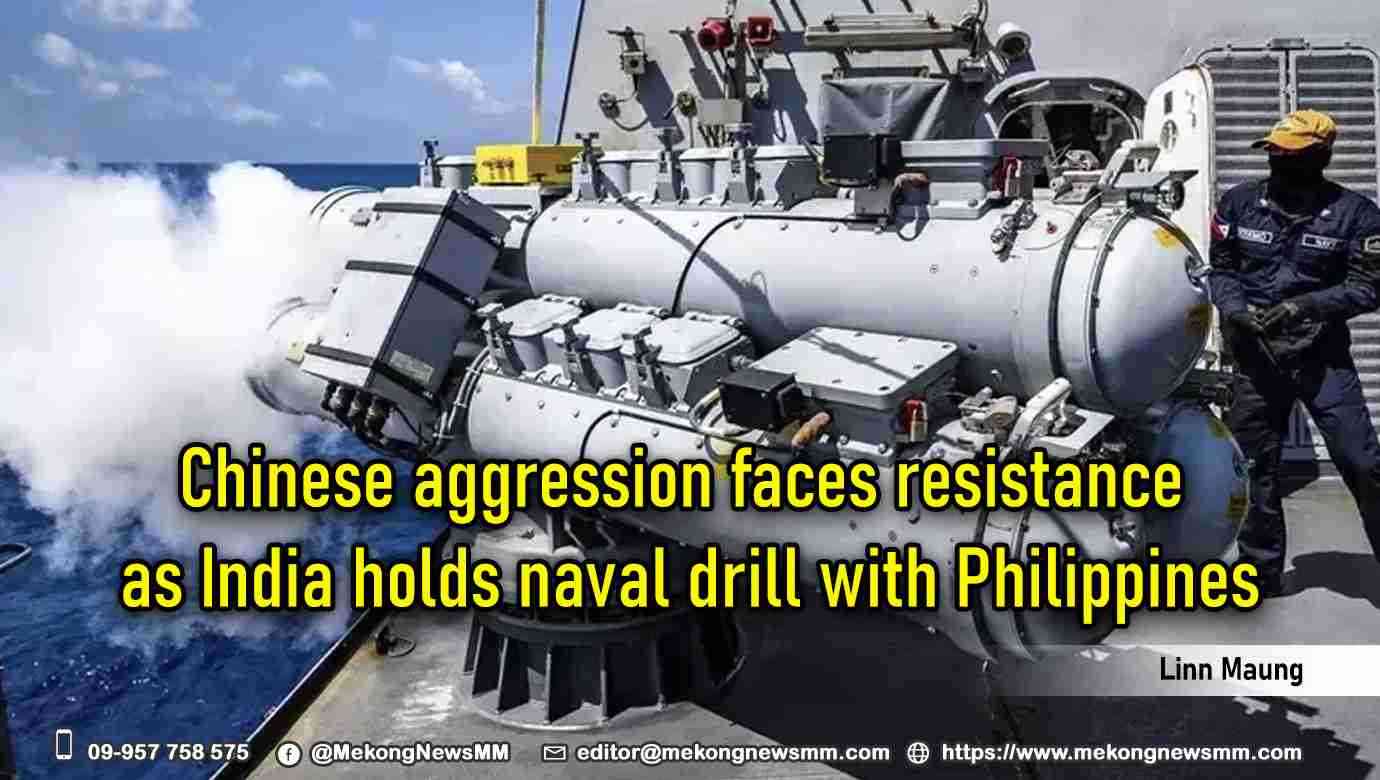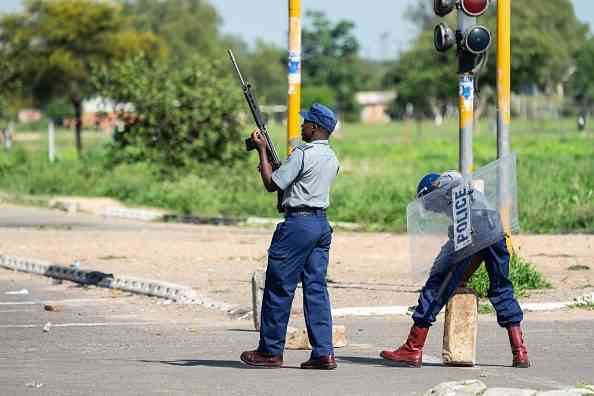
Chinese hegemony in the South China Sea has encountered new resistance following India’s decision to conduct joint naval exercises with the Philippines for the first time. India, holding the first-ever Maritime Cooperative Activity (MCA) in the disputed waters, has sent a strong message that China is not a ‘status quo’ power in the South China Sea.
Notably, the naval drills took place concurrently with Filipino President Ferdinand Marcos Jr paying a visit to India. “ The naval drills and state visit happening at the same time were no coincidence. It’s meant to project the mutuality of the interest of the two countries in the South China Sea,” said Dr Aries Arugay, a visiting senior fellow at Singapore’s ISEAS – Yusof Ishak Institute.
The Indian decision to hold a joint naval patrol was beyond the simple tactical manoeuvres and passage exercises as its alignment with the Philippines over the maritime dispute grew, said Nishant Rajeev, a senior analyst at Singapore-based S. Rajaratnam School of International Studies. “It underlines the fact that India has now aligned more closely with the Philippines in its dispute with China,” he said.
Both India and the Philippines have long-standing territorial disputes with China. However, the joint exercises have brought the two countries closer, with a common objective of fighting off Chinese aggression.” It truly builds up to the strategic clarity of pan-Indo-Pacific strategy where India and the Philippines are sending a strong message to China in the South China Sea,” said Chester Cabalza, President of the Manila-based International Development and Security Cooperation.
A year ago, India had expressed its support to the Philippines over maintaining sovereignty amidst growing Chinese assertiveness. It had fetched a strong response from China as it stressed that “Third parties have no right to interfere whatsoever.” Against such a backdrop, Indian warships sailing in the contested watersdid antagonise China.
While China did not carry out any military action, Chinese navy ships, including a guided-missile destroyer, were spotted close to the Filipino frigate that was a part of the joint exercise. “We did not experience any untoward incident but we were still shadowed. We expected that already,” said the Chief of Staff of the Philippines Armed Forces, General Romeo Brawner.
The Chinese continue to assert their claims over 90 percent of the South China Sea using the “ historic” nine-dash line theory, even though it was rejected by the Hague-based arbitrary tribunal of the UN Convention on law of the Seas (UNCLOS). The Philippines, however, has confronted China, defying China’s aggressive military action, with the help of allies such as the US, France, New Zealand, Australia and Japan. Philippines has indicated its willingness to engage with India on aspects of security and armament procurement, with additional orders for the Brahmos Missile Systems in the pipeline.
Now, with the naval exercise, India has joined other Quad members, the United States, Australia and Japan, in supporting Phillippines over its claim in the South China Sea.
- Zim’s poor batting hands India series
- Proposed raids on grain farmers raises stink
- Wheat growers urged to increase production
- Is Zimbabwe ready for green building standards?
Keep Reading
China perceives the Quad as a grouping to encircle it, at a “ significant” level, said Benjamin Blandin, an expert in maritime security and research fellow at the Yokosuka Council on Asia-Pacific Studies. “To China, all lights seem to be turning red, and no improvement is in sight … which might lead China to be even more aggressive against its direct neighbours,” Blandin said.
As expected, China had kept its Southern Theatre Command Navy on alert during the Indo-Filipino joint exercise. India’s entry in the South China Sea conflict has appeared to have upset China. Beijing called Manila a “ troublemaker” for aligning with foreign forces. “ China never wavers in its resolve and will to safeguard national territorial sovereignty and maritime rights and interests and will take resolute countermeasures against any provocations by the Philippine side,” said Defense Ministry spokesperson Zhang Xiaogang.
On the political front, both countries intended to derive geostrategic benefits through their growing engagement as they expressed concerns over Chinese aggression. Calling India the Philippines’ strategic partner, Marcos said “We recognise India’s influence as a first responder…in this critical area and we want to work with you for a free and open Indo-Pacific.” Indian Prime Minister Narendra Modi said “As maritime nations, cooperation in the maritime domain is both natural and essential. From the Indian Ocean to the Pacific, we are united by shared values.”
Li Mingjiang, Nonresident Scholar at Carnegie China, said many Chinese analysts were concerned about the growing security cooperation between the Philippines and the US, Japan, Australia and India. Fearing China would resort to military action to assert its maritime rights, its neighbours may end up aligning more closely with extra-regional powers,Li said. Pointing to India’s overt support to the Philippines, Collin Koh, a senior fellow at the Institute of Defense and Strategic Studies, said” Partners who so far took part in the bilateral and multilateral MCAs are those who have expressed open support for Manila against Beijing’s coercive behaviour.”







